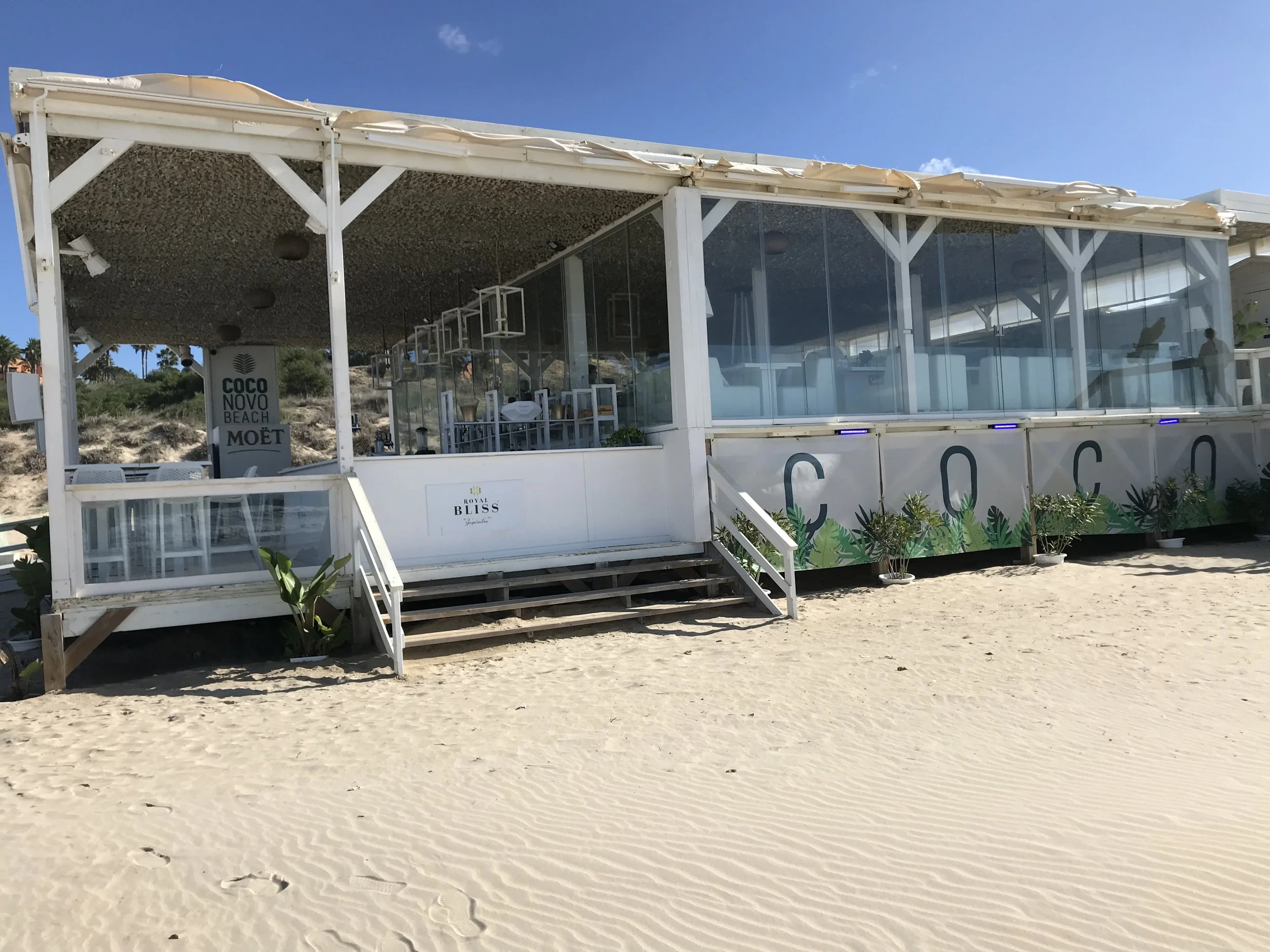Spain and the Gin & Tonic
Spain is not a country where cocktails are common. Spanish drinkers have traditionally been devoted to wine and beer, or a brandy or anís, both made in Spain, in the old man bars. Yet with the rise of Spanish haute cuisine since the late 1990s and the turn of the millennium came the implantation of a special take on a seemingly mundane mixed drink: the Spanish gin and tonic. After lunch, after dinner, and well into the night, the gin tonic is by far the most common drink in Spain when something stronger, or more interesting, or more conducive to lingering, than beer or wine is called for.
What is a Spanish Gin & Tonic?
So what is a Spanish gin & tonic (called gintonic in Spain)? The first step is the glass. It should be large, preferably a stemmed, almost spherical creature known in Spain as a globo (ballon), or fashionable of late a tall straight kind of oversized Collins glass. Lots of good quality ice in large cubes is essential. Crushed ice and ice machines are very rare in Spain, with any decent bar receiving deliveries from local ice producers once or more per day. The gin is the most variable and in some ways least important aspect of the drink. Even everyday bars in Spain often have over 20 gins, and specialized spots could have over 100. Most people drink inexpensive Spanish gins like Larios or Rives or international staples like Seagrams or Beefeater, but you can reliably find premium gins from Spain (Nordés, Gin Mare, Xoriguer) and around the world (Hendrick’s, Martin Miller’s, Monkey 47). The biggest key to the reliability of Spanish gin tonics is the tonic. Soda guns are unheard of in Spain, which means any gin and tonic you order is made with bottled or perhaps canned tonic. Schweppes is the most common, but most spots will have more than one option, such as Fever-Tree, Royal Bliss, or premium flavored tonics from Schweppes or Seagrams. Tonic in Spain is flavorful and usually sweetened with cane sugar, not corn syrup. Depending on the bar and the gin and tonic selected, the bartender will often add a flavoring garnish such as a sprig of thyme or rosemary, citrus peel, or peppercorns. Some bartenders will also add a small dash of bitters or liqueur to the drink.
Gourmet Gin Tonics
The connection between the gin tonic and gourmet restaurants is not obvious at first glance. When Spain’s restaurant scene took off in the late 1990s and early 2000s, chefs at Michelin star restaurants began to offer gin tonics after the multi-course, multi-hour meals they served. These meals often ended with the wheeling out of a cart loaded with gins, tonics, and garnishes. It turned out that the clean refreshment of a well made gin tonic could follow all sorts of strong meals. The result is that even at very traditional restaurants you’ll see a lot more gin tonics after lunch than snifters of brandy or rocks glasses of scotch. The gin tonic also works well in the hot climate of many parts of Spain, where straight liquor or strong cocktails are less appealing than a large, cold, fizzy, refreshing gin tonic. The gin tonic has become the go-to drink for the very Spanish sobremesa, the period after the meal when the group will sit, talk, reflect, and generally elongate their already long eating experience. Since gin tonics in Spain are very large and have lots of ice to prevent them from getting watered down, they make the perfect extender.
The fancy Spanish gin tonics served in the nicest bars in Madrid and Barcelona are stunning, but what makes the drink so durable in Spain is its ubiquity. Gin tonics made with good gin, good tonic, large ice, and served in a large glass are available at all kinds of spots in every corner of the country. Cafés, pubs, tapas bars, restaurants, chiringuitos, cocktail bars, all can be relied upon to prepare a competent example. If you want to try a real gintonic the next time you are in Spain, your best bet is the kind of restaurant where you would want to hang out all day after your meal, or a “bar de copas,” a Spanish kind of cocktail bar that mostly makes gin tonics and other simple cocktails such as mojitos, Cuba libres, etc. The key thing is to know when to have a gin tonic. The drinks are large and prepared very strong, for Spaniards and their bartenders are allergic to measurers and it’s not uncommon to be able to simple ask the bartender to add more gin if you need it (you won’t). These are drinks designed for long afternoons, so prime time for the daytime gin tonic is 4-8 pm, and again from 11 or 12 pm onwards. Many specialized bars open at 4pm or so just in time for a gin tonic session. It is generally recommended to not have more than one, particularly before dinner, if you want to do anything else that day.

